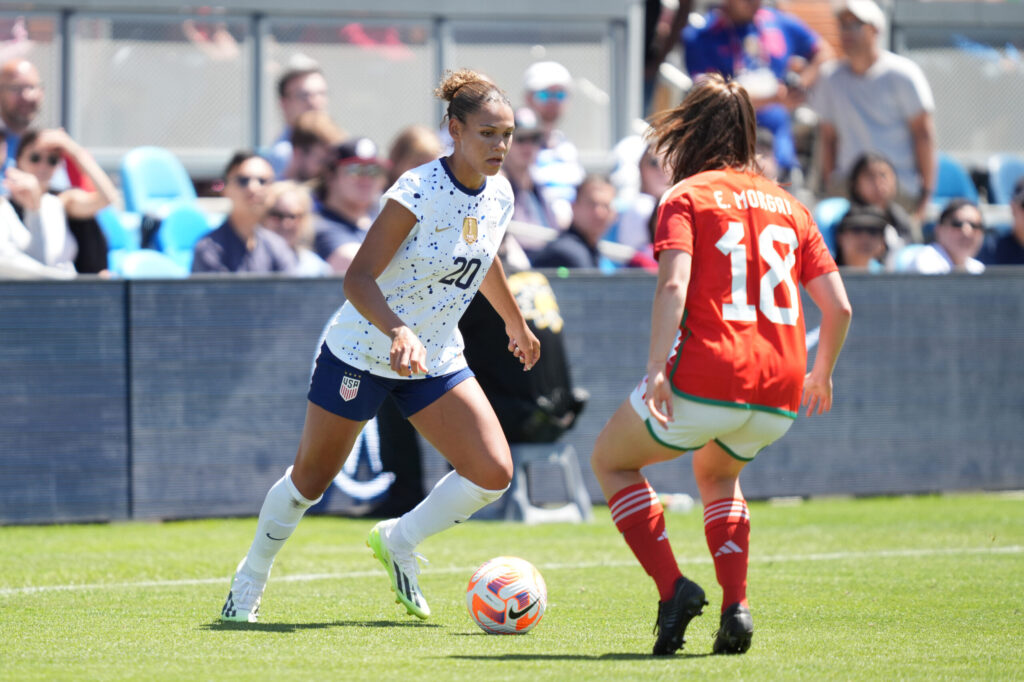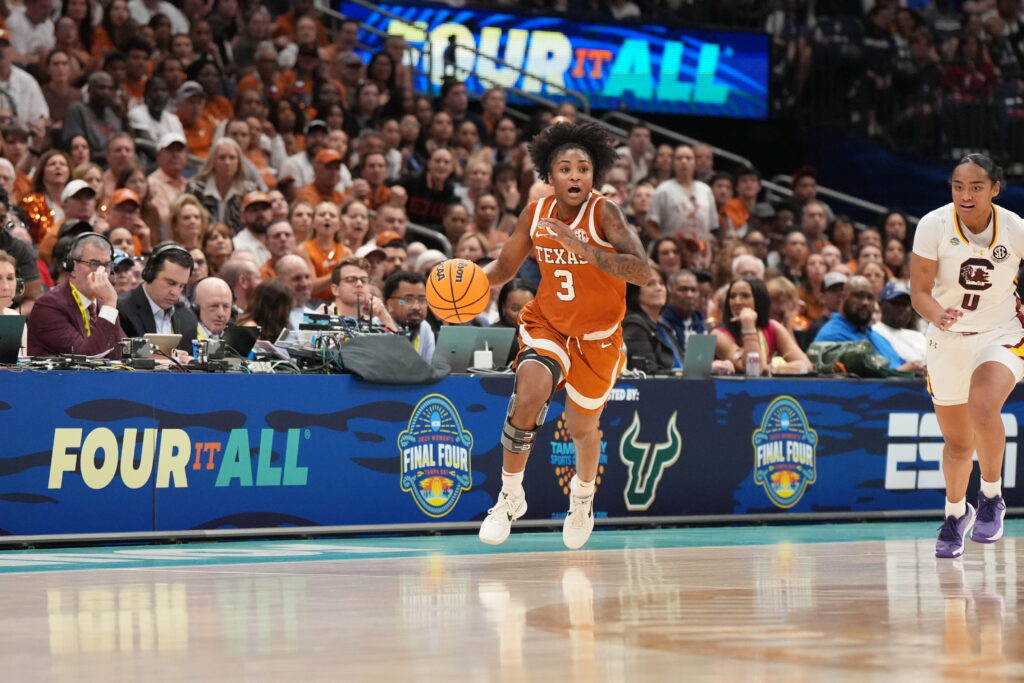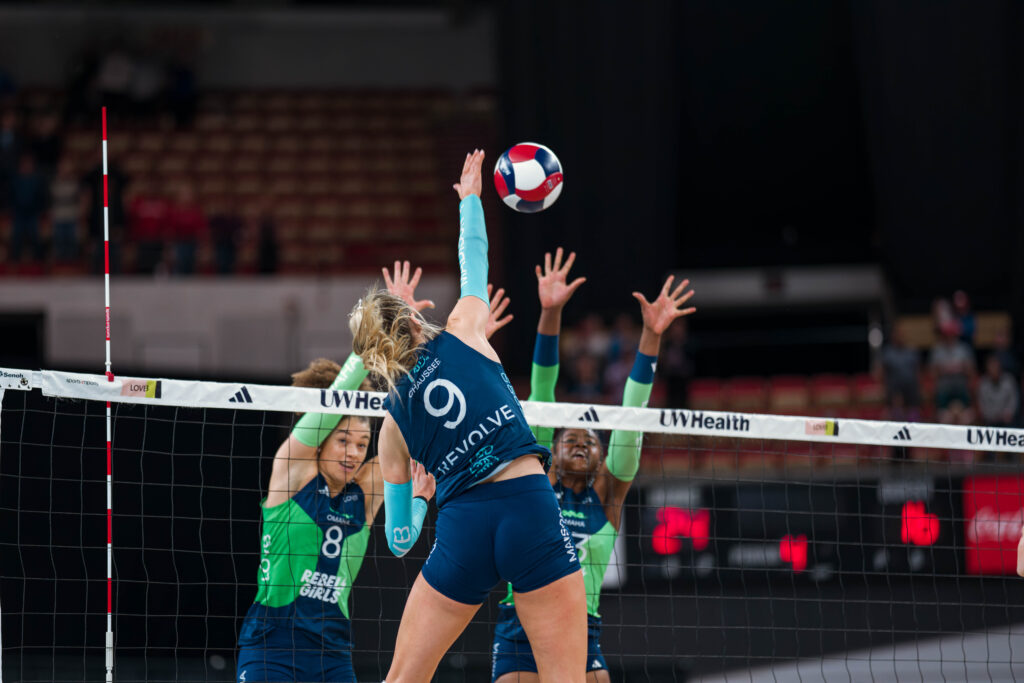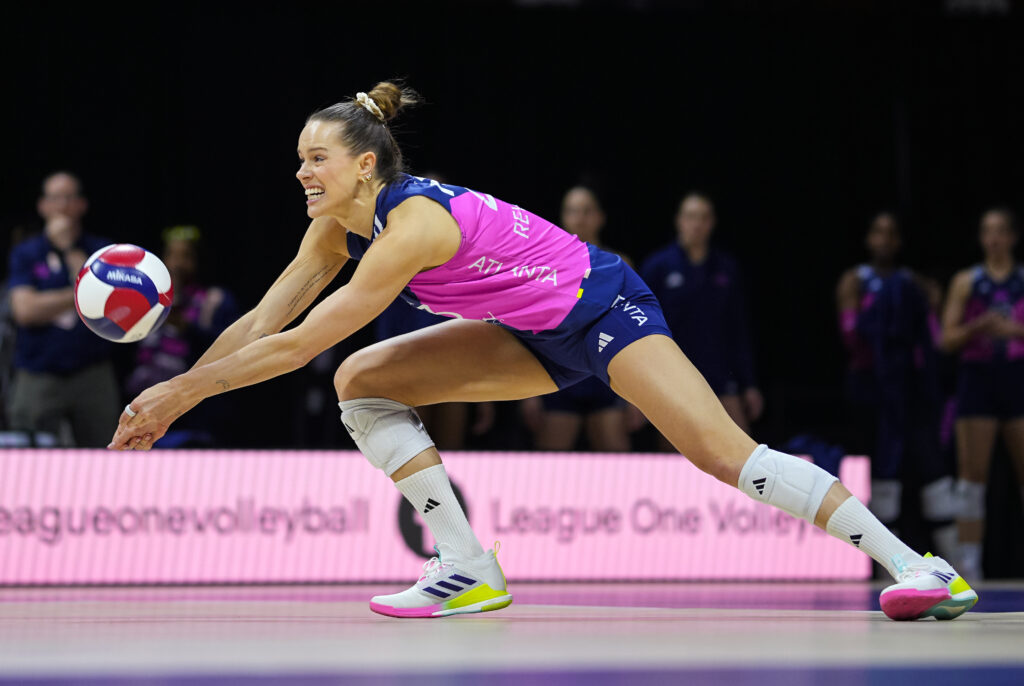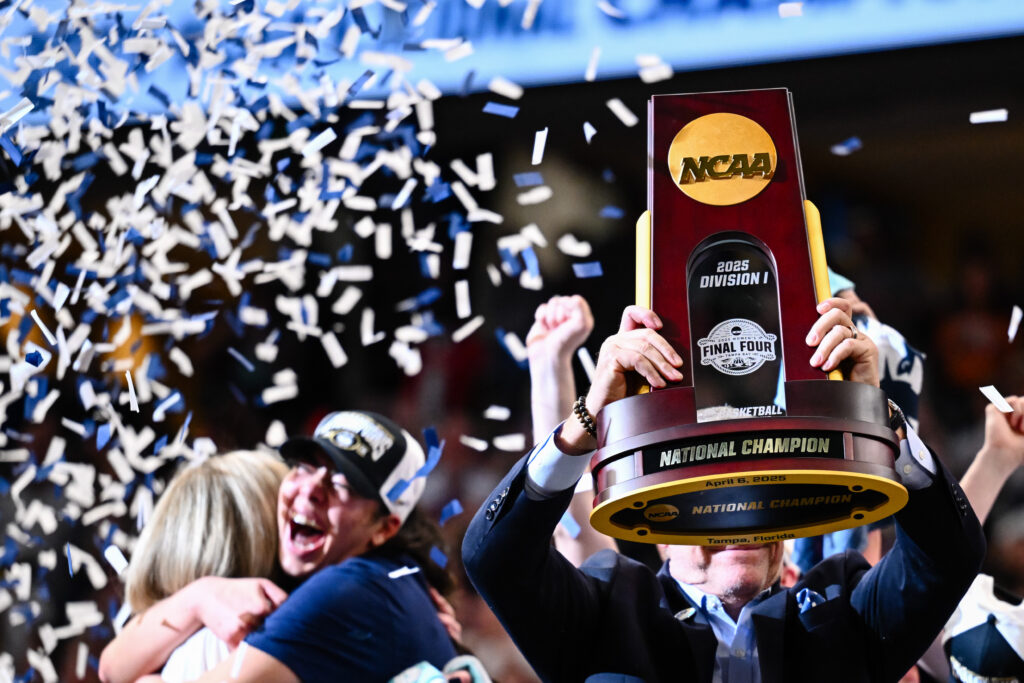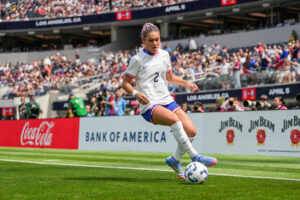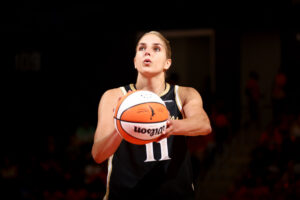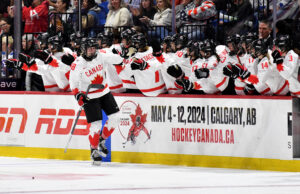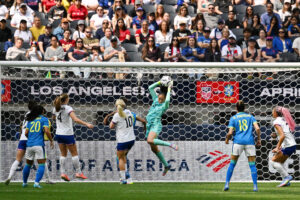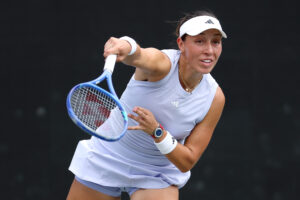The U.S. women’s national team is officially off to New Zealand, after a 2-0 win over Wales in their send-off game on Sunday. The team looked in command but slightly uncomfortable in a grinding, physical match that recreated a number of World Cup scenarios.
With a sharp eye on fitness and form, here are three things the U.S. will need to improve upon overseas, from their group-stage opener against Vietnam all the way to a hopeful run at a third straight World Cup trophy.
Let the ‘artists’ work
For better or worse, head coach Vlatko Andonovski has the USWNT operating like a “system team,” in which process and principles take precedence over free-flowing, individual brilliance. At its best, the team’s passing triangles allow them to move the ball around opponents with ease and find the final tap-in for a goal. The system also theoretically cuts down on defensive pressure, which was obvious in the send-off game against Wales — when the U.S. opened up, they faced more counterattacking opportunities.
This approach is likely why Andonovski prefers the midfield of Rose Lavelle, Lindsey Horan and Andi Sullivan, who have the best chemistry for creating passing lanes through their sheer number of minutes played together. Then there’s Crystal Dunn, who has assumed a somewhat hybrid position even while technically playing outside-back. The NWSL midfielder frequently alternates with Horan on who takes the widest angle and who cuts into the midfield.
But Lavelle isn’t available, and likely won’t be for a full game until well into the group stage of the World Cup and maybe even in the knockout rounds. Ashley Sanchez has moved into the attacking midfield role, and deservedly so with the amount of creativity she brings to the position in the NWSL. But she is less of a “system” midfielder, and the disconnect between composure and freedom was obvious as the U.S. moved into the final third against Wales on Sunday.
It wasn’t shocking that the team started operating with more cohesion when Lynn Williams, Andonovski’s secret weapon, subbed into the game. Williams was nominally playing left winger, but she also was comfortable slipping into the midfield to generate turnovers and get on the ball, generating the key pass that led to the U.S.’s opening goal. The best USWNT lineup likely has a combination of — to steal Andonovski’s terminology — “artists” and “warriors,” but the artists aren’t getting the freedom to create inside the system the head coach prefers.

Develop composure
For as methodical as the USWNT’s build-up was at times against Wales, as they created tight passing triangles to weave around a tight defensive press, the final pass or shot was frequently lacking. The U.S. did try a variety of tactics: Sometimes the ball would be played out wide, sometimes Naomi Girma would dribble up as far as the opponent’s penalty area, and sometimes they’d favor short, one-touch passing. Regardless of the build-up approach, play usually ended in a cross sent in from the endline or a player failing to find a teammate after dribbling into a triple team.
Dribbling is a USWNT superpower, and something every opponent is going to focus on taking away from them. Against Wales, that meant a higher level of physicality, with Sophia Smith in particular bearing the brunt of small tugs and toe digs to disrupt her motion on the ball.
A physical defensive strategy can whittle a talented opponent down, and the USWNT debutantes are going to have to get used to what teams throw at them. In her time with the U.S., Alex Morgan has become a consummate pro at knowing when a foul is coming, and it’s one of the reasons Andonovski is reluctant to move away from the veteran at starting center forward.
But the U.S. also needs to solve an opposite problem, which is a lack of composure on the ball when the final pass does arrive. Anticipating contact can make a player more likely to try to volley the ball out of the air or get their foot too far underneath the ball for power. More than once against Wales, a USWNT attacker received a pass in from the endline, only to send it far over the crossbar when they had more time to settle and shoot.
Trinity Rodman’s second goal provided the blueprint for taking a millisecond to line up your shot and send it into the back of the net. Her attempt also came off three blocked shots in quick succession. A few more moments like that for the U.S., and the hard stuff might become a lot easier.
At 21 years and 50 days of age, @Trinity_Rodman is the youngest #USWNT player to bag a brace ✌️ pic.twitter.com/TIjuCL68NB
— U.S. Women's National Soccer Team (@USWNT) July 9, 2023
Use their depth wisely
It’s easy to look at the way the game against Wales opened up once Andonovski made his substitutes, but that also appears to be part of the plan. The USWNT’s depth has long been lauded as a strength, and it’s already been tested in 2023 with multiple injuries depleting the squad.
That Williams and Savannah DeMelo were both able to enter the match and bolster the specific seam needed in the attacking midfield is a fantastic asset, as was the ability to bring in Rodman off the bench. If Rodman starts, as she likely should, the team can then sub in Alyssa Thompson to wreak havoc against tired legs. The attacking depth of the USWNT isn’t an issue, nor is the fact that it sometimes takes changes for a game to open up.
The closer you get to the spine of the team, however, things begin to feel less secure.
Andonovski subbed Emily Sonnett into the central defense against Wales. He almost surely won’t do that in an important game (barring injury), but in restricting Alana Cook’s minutes slightly, he acquiesced to the reality that his preferred starting duo can’t play every minute of a World Cup. Sonnett doesn’t have much experience playing alongside Cook or Girma, and she’ll likely be relied upon more than she was in the 2019 World Cup or at the Tokyo Olympics.
Julie Ertz has been considered at center-back as well, but she has spent even less time in the position for the U.S. than Sonnett has in recent years. The USWNT didn’t suffer any serious defensive breakdowns against Wales due to substitutions, but Andonovski still seems to be making decisions in the back as a survival tactic, rather than moving from strength to strength.
Claire Watkins is a Staff Writer at Just Women’s Sports. Follow her on Twitter @ScoutRipley.
